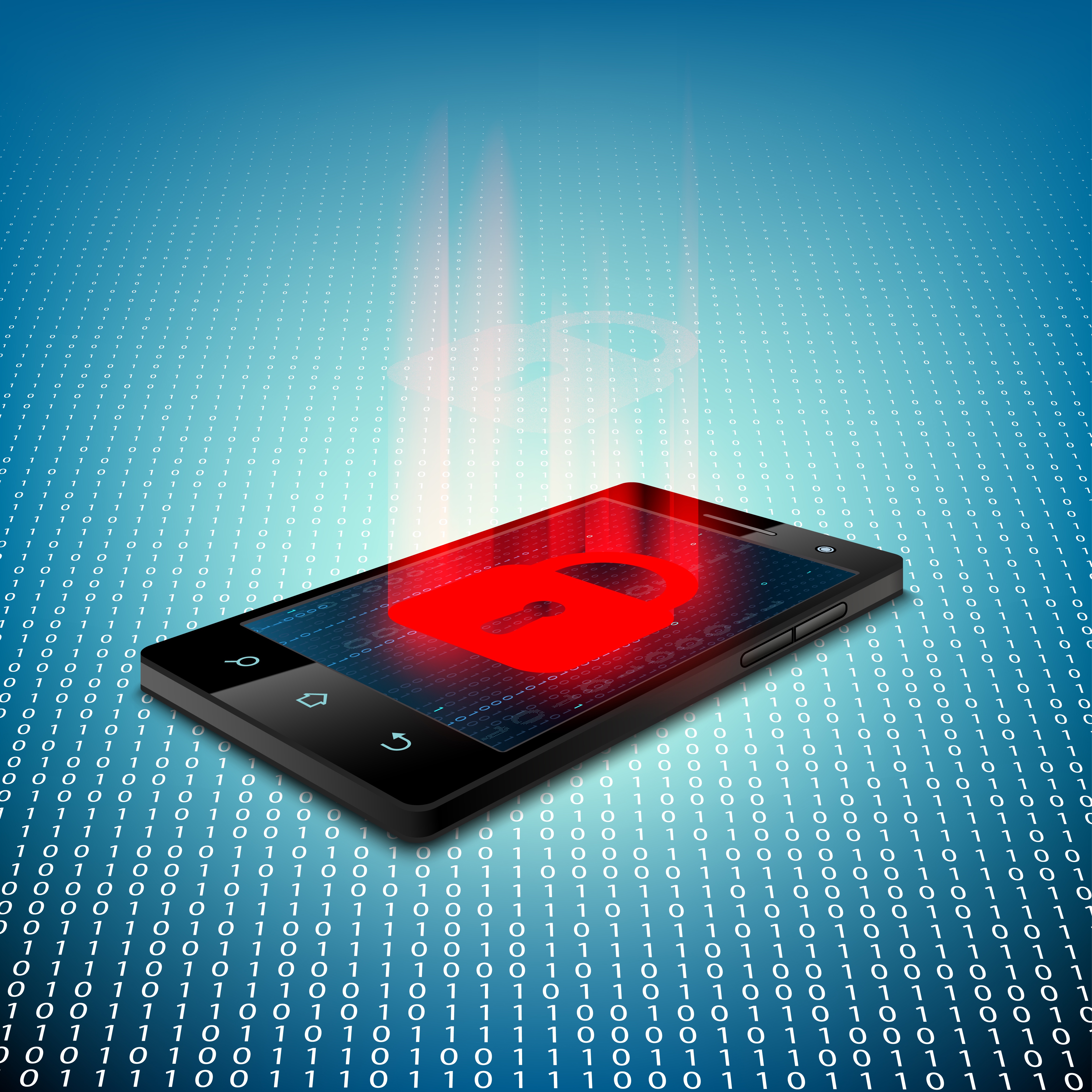3 min read
Why You Shouldn't Ignore Security Updates for Your Devices
Justin Kirsch : Thu, Jun 01, 2017
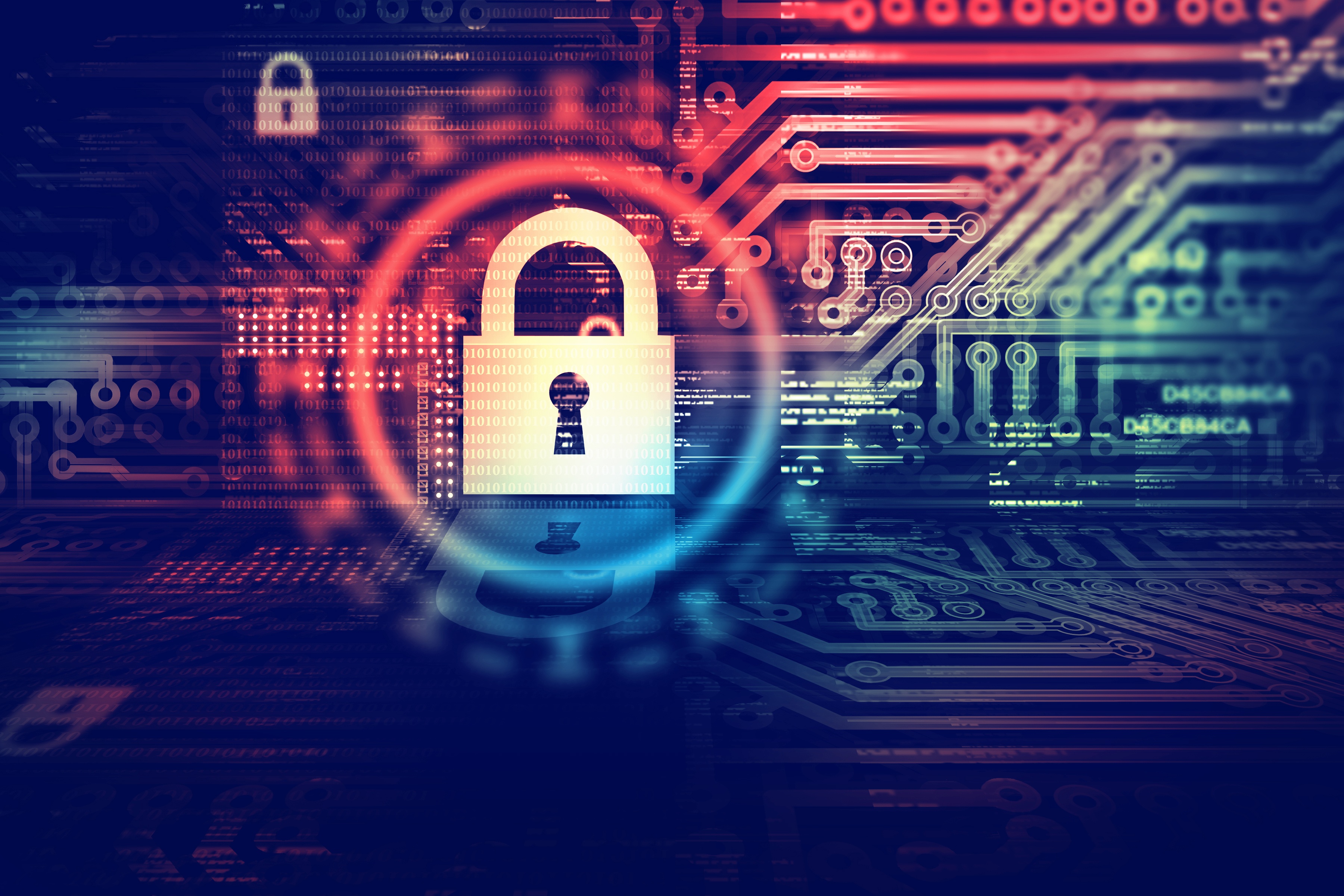
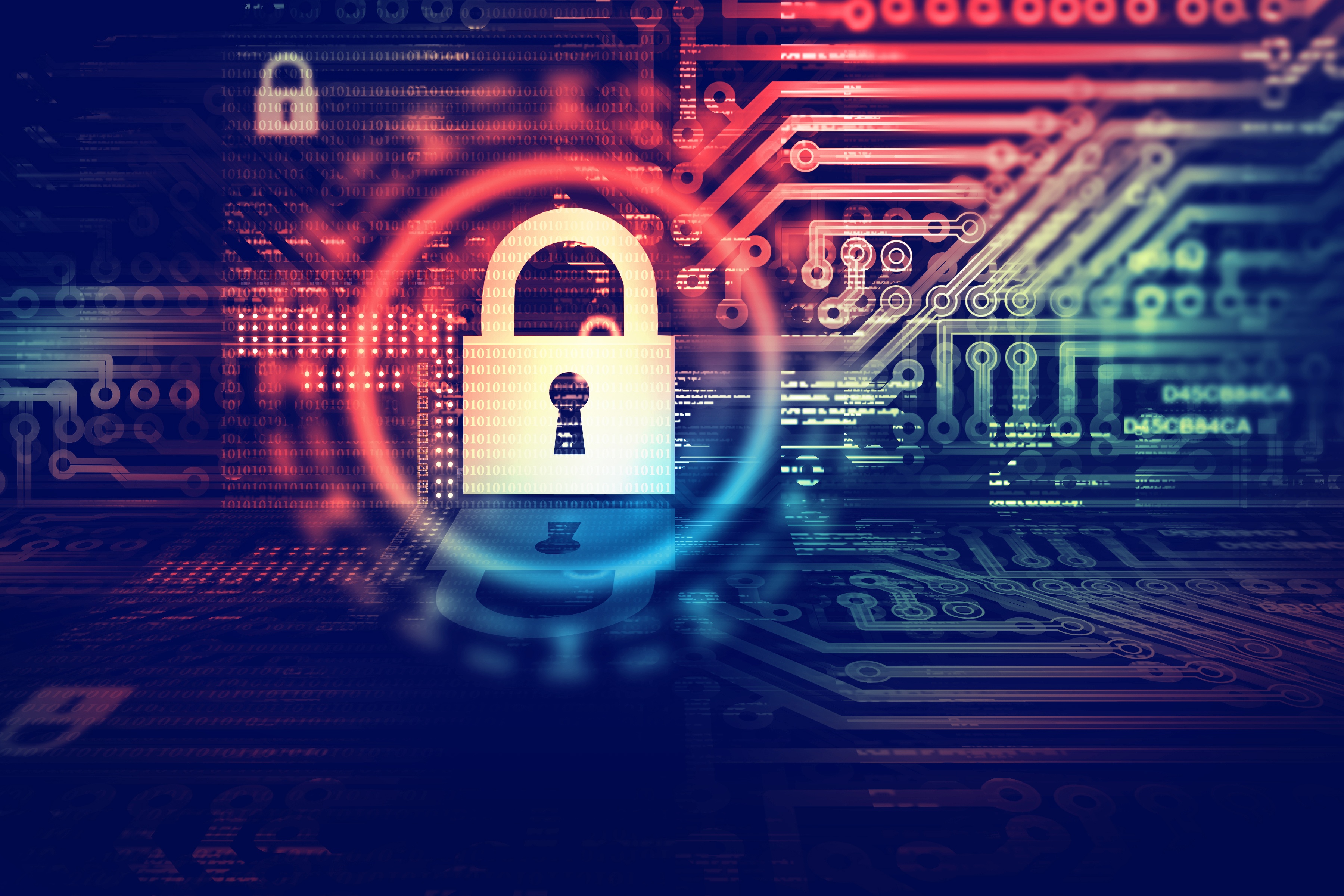 Did you know that 98% of cyber attacks can be stopped simply by keeping your devices up-to-date? Our lives seem to be moving faster as we advance our technologies. Sometimes, we don’t like to even stop for the most minor of tasks. For instance - that notification about the need to update your mobile device that you find a little annoying. And then you do what most people do - ignore it. You know it’s inevitable and has to be done, but you just keep swiping to delay it because now just isn’t a good time. Don’t let that one-day delay turn into an eternity or you might be in for an unpleasant surprise.
Did you know that 98% of cyber attacks can be stopped simply by keeping your devices up-to-date? Our lives seem to be moving faster as we advance our technologies. Sometimes, we don’t like to even stop for the most minor of tasks. For instance - that notification about the need to update your mobile device that you find a little annoying. And then you do what most people do - ignore it. You know it’s inevitable and has to be done, but you just keep swiping to delay it because now just isn’t a good time. Don’t let that one-day delay turn into an eternity or you might be in for an unpleasant surprise.
Furthermore, these updates aren’t exclusive to your smartphones. Your tablets, laptops, desktops, browsers, and even certain types of software need to be updated at regular intervals. Let's explore why you should keep everything up to date, on your iPhones and beyond.
With all Apple products, there are security vulnerability updates across the spectrum of its products. Even if your devices are running fine now, don’t ignore these. Additionally, remember to update you iTunes on your Windows desktop and laptop computers.
Did you know that there is a feature on most of today's computers that will automatically keep your their software up to date? If you run a Windows-based machine, it's as easy as going to Start>Control Panel>Automatic Updating. If you operate a Mac computer, you can go to the "Apple Menu" and select "Software Update." Under the "Schedule" tab, make sure to click "Check for Updates" and "Download Updates Automatically." Or better yet there are tools that make it easy to keep ALL your employee devices up-to-date easily.
Why is keeping up to date such a big deal? Software manufacturers are endlessly fixing bugs, updating drivers for new devices, and making improvements on the software that you use every day. Updating your system will improve the reliability, security, and speed of your computer or handheld device.
As we mentioned above, the most important reason to keep your devices updated is security. There are vulnerabilities in almost all software systems; it’s not a matter of if, but when, someone will figure these out. Did you know that companies, such as Google and Apple, actually have employees whose jobs are to hack into their own operating system? Their objective each day is to discover and address their own system weaknesses before cyber criminals do.
Sometimes an update will indicate what it will fix or improve a function. Usability and add-ons are often included, but they aren’t the most important reason to update your devices. So just because they don’t always come with cool or exciting “improvements and bug fixes” you still need to set to make it a regular habit to update sooner than later. The idea is to make your operating systems or software difficult or impossible to be hacked into, which in turn might make your personal information vulnerable to cyber thieves.
And while we are on the subject of staying up to date with technology, make sure that your antivirus is consistently up-to-date.
Mac users, you may not need to worry about antivirus software as much as Microsoft users. This is because only 10 percent of all computers are Macs, making Macs an unlikely target for viruses, as there aren't as many out there.
Microsoft users, you need to be strong in your antivirus game. Like your computers, most antivirus software has an option for automatic updates.
If you’ve never experienced a catastrophic device failure or data breach, consider yourself lucky. However, know that the statistics for cyber criminals are only growing:
- More than 80 percent of companies have been hacked in the last 12 months
- Ransomware attacks quadrupled in the first quarter of 2016
- Number of data breaches from 2015 to 2016 increased by 40 percent
- Ransomware is the No. 1 security concern for organizations
- There was a 458 percent increase in the number of times hackers searched Internet of Things connections for vulnerabilities
- The average cost of a data breach is nearing $4 million
- 95 percent of breaches involve stolen credentials
- See a live cyber attack map: here
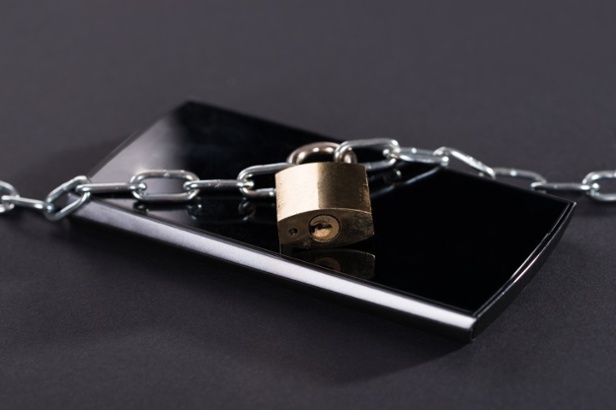
4 Simple Tips for Mobile Security in the Mortgage Industry
Many mortgage companies, especially smaller firms, assume that their business is safe from hackers and other potential cyber attacks, but that...
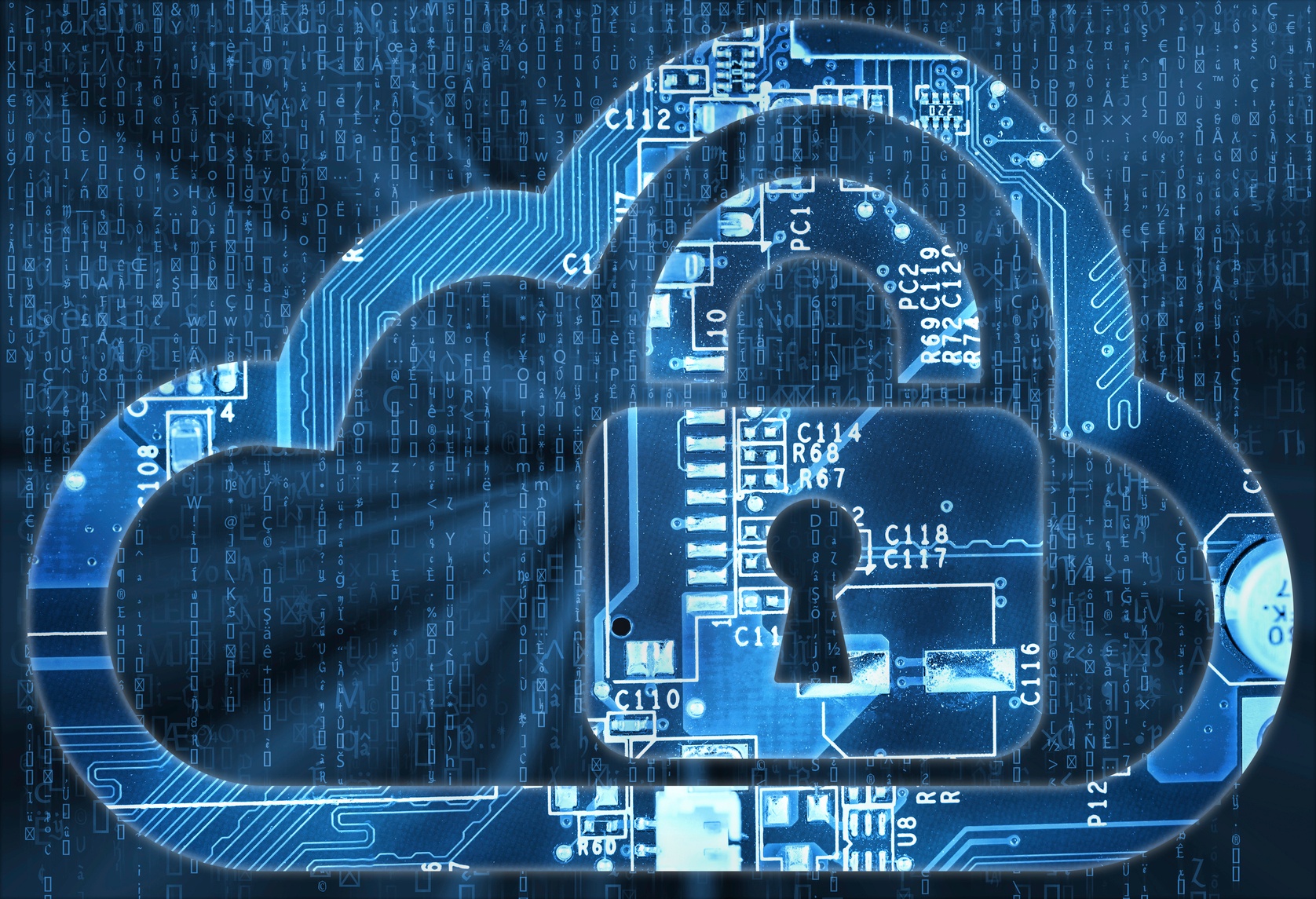
3 Ways the Cloud Bolsters Your Mortgage Company Security
Cyber thieves are amping up their attacks on major banks and the U.S. Federal Reserve. Recently, $81 million dollars was stolen from a Bank of...



